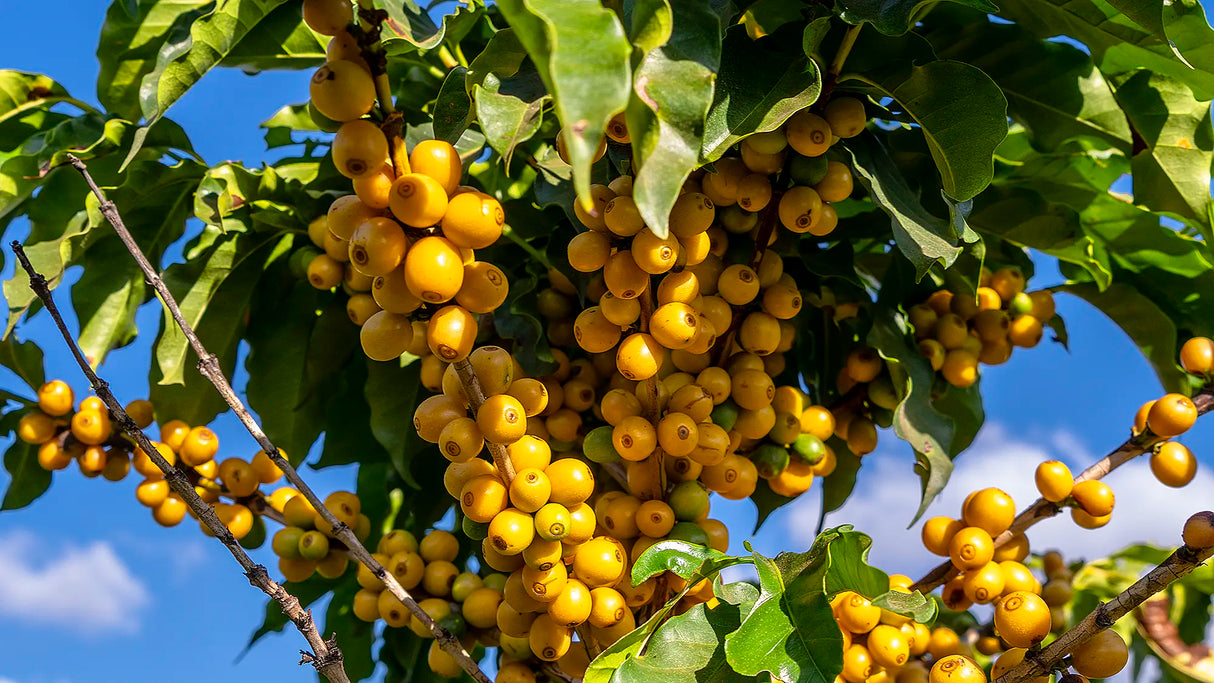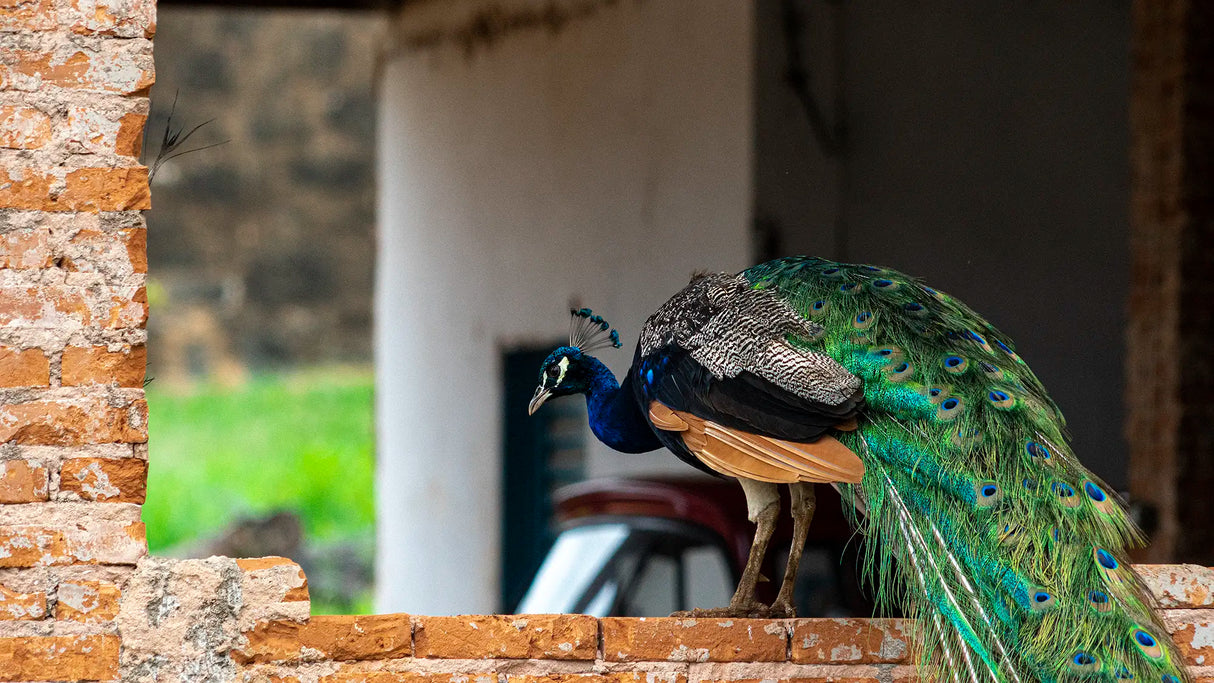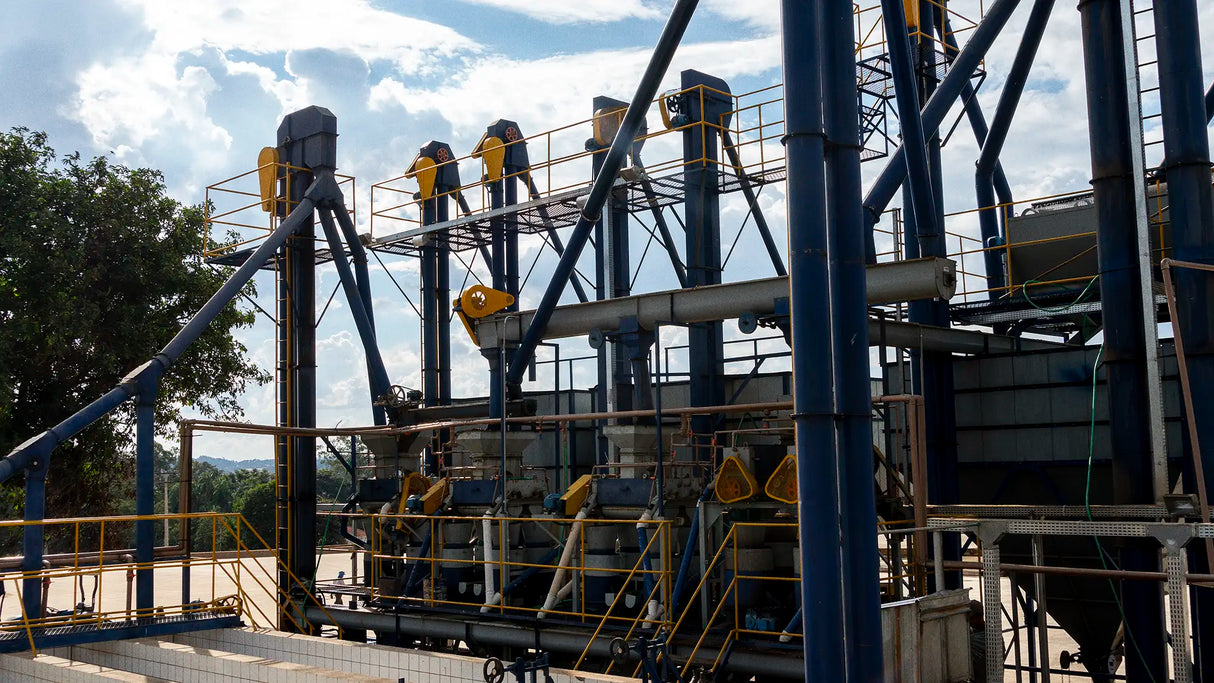SURE SHOT Espresso
£11.00
Unit price
Unavailable
SURE SHOT Espresso - 250g is backordered and will ship as soon as it is back in stock.
Lot Info
Lot Info
Producer
Producer
Cultivar
Cultivar
Process
Process
Traceability
Traceability
| Producer | Mió |
| Location | Fazenda Mió, Monte Santo de Minas, Minas Gerais, Brazil |
| Elevation | 900 - 1,100 masl |
| Cultivar | Yellow Catucaí, Mundo Novo & Yellow Bourbon |
| Preparation | Honey |
| Harvest | May - August 2025 |
| Arrival | November 2025 |
| Exporter | Mió |
| Importer | Mió |














